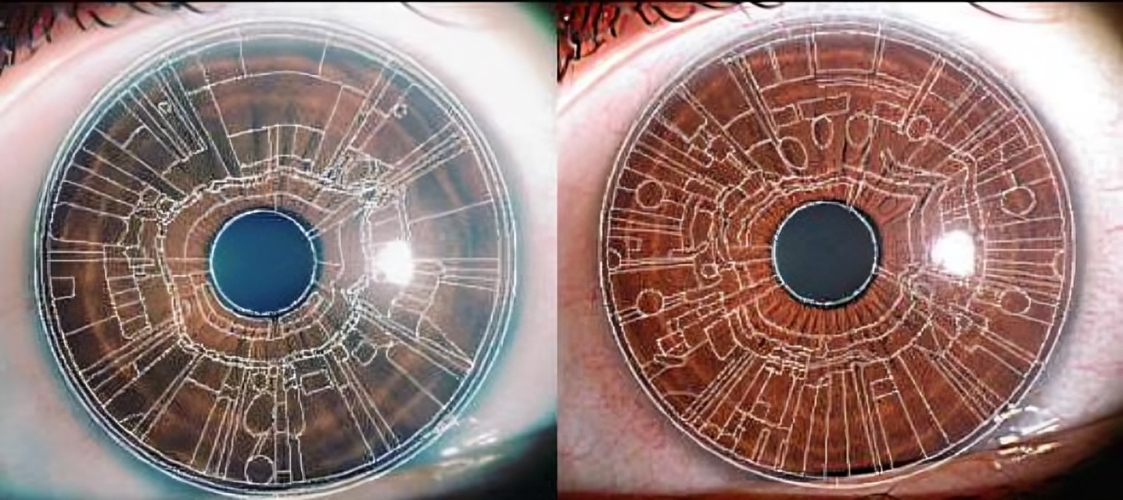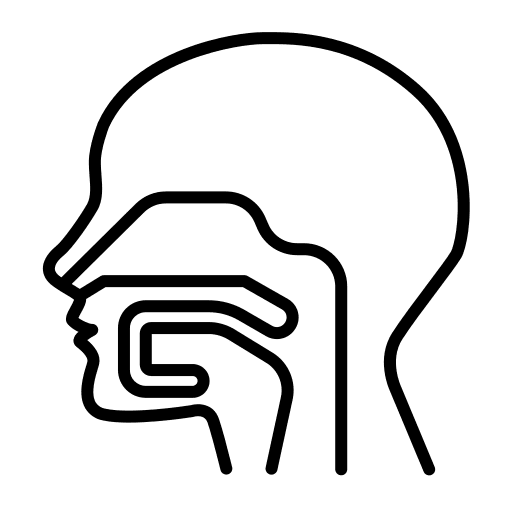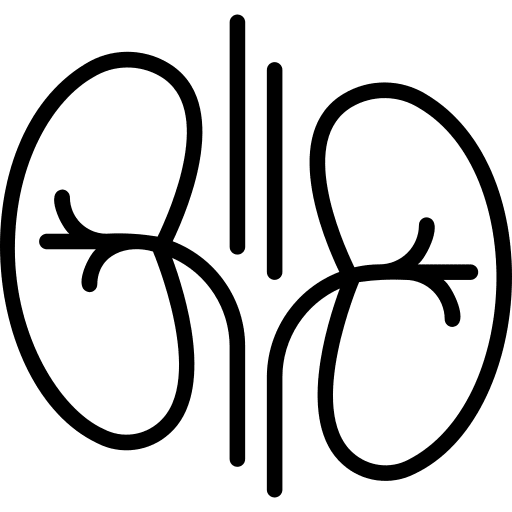Research Heind Iridology
Vaccination reactions in children displaying an ‘immune axis’ in the iris (John Andrews 2003)
In a study of 60 clinical cases, 80% of vaccinated children with a visible immune axis experienced immune problems and vaccine reactions, compared with 20% of vaccinated children with no markings on the immune axis. The immune axis consists of signs on the border of the collarette (the area around the pupil) in the region of the hypothalamus, pineal, thymus and adrenal glands.

Corneal arcus
Also known as Arcus senilis or a ‘lipid ring’, this condition is characterised by an opaque circular band or arc over the iris.
The ring is formed by cholesterol or fatty deposits in the central layer of the cornea and is a commonly present in the elderly. In younger persons the marking has been linked to high cholesterol levels and some evidence supports it’s association with coronary heart disease.
Corneal arcus may be indicative of disturbances in fat and glucose metabolism. It can also be a sign of thyroid and liver problems, these being two of the primary organs that control the combustion and utilisation of fats in the body.
Research article of the association of corneal arcus with coronary heart disease and cardiovascular disease mortality can be seen at here
Iridology study of patients with cardiocirculatory pathologies (L Beringhs et al 2000)
Pictures of the iris were taken from 51 patients of the Cardiology ambulatory of Sao Francisco hospital between March and May 2000. These were analysed and iridological signs compatible to a cardio-circularory imbalance recorded. The signs were then correlated to the clinical data held on the patients.
All 51 patients presented iris alterations related to cardio-circulatory system errors.
Neuro-optic research
Iridologists can use dedicated software to map the iris. A similar software design is being used in mobile phone technology as a form of security. However, in iridology this technique is developing to be able to incorporate the differences within iris types. At present, using such programs can both assist or hinder the Iridoligist. For auditing purposes or to systematically map the iris, this can be a good working tool. However, using computer programs, tends to distance the observer from using experience or training to identify that which really needs to be addressed. As the iris is 3 dimensional, photographs will limit this view.

At the Herbal Clinic, our emphasis is on reading the iris with light and magnification, with the patient present. Photographs are also taken for further analysis, without the need for the patient to be present.
Iridological signs in gastroduodenal peptic diseases (Lago and Sanchez 2005)
In this study signs in the iris were recorded and correlated to a range of gastric and duodenal disease, including gastric ulcer, duodenal ulcer, gastro duodenitis and oesophagitis.
There was a statistically significant result demonstrating that the appearance of lacunae and crypts (specific markings of the iris) are predictive of the presence of these diseases.

The Autonomic Nervous Wreath (ANW)
Also know as the ‘collarette’, is formed from the Minor Arterial Circle. It is located, when ‘balanced’, about one third of the iris diameter from the pupil edge. It is set a few weeks before birth when the pupillary membrane ruptures, as part of foetal development.
The ANW provides information relating to the Autonomic Nervous System, which controls the body functions we are not consciously aware of, including the digestion, heart beat, respiratory rate, hormones, etc.
The variation in position, thickness, pigments, defects and holes are unique between individuals and comprises one of the most important iridologists tools.
Molecular genetic understanding of iridology (Jae-Young Um et al 2005)
In this study, 87 hypertensive patients and 79 healthy controls were analysed using and automatic iris analysis system. 74% were found to have a neurogenic or cardio-renal type constitution. The DD genotype was found to be associated with both hypertension and these iris constitutions.













